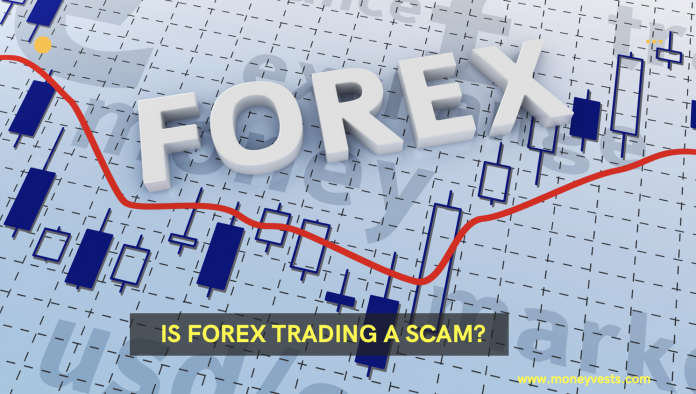Is Forex Trading a Scam?
You’ve probably heard about the Forex market, which reaches record volumes. But is it all hype? Or is it simply a scam? Here are some signs of scamming. Here are some common warning signs of forex trading schemes:
Conditional gifts
A conditional gift is an asset that will be distributed to someone once a certain event takes place. Some gifts are more difficult to determine than others.
A common example of a conditional gift is an age requirement.
If the recipient reaches an age specified in the condition, the gift will be distributed. Other gifts have more complicated conditions, such as an income requirement. In any case, a conditional gift should be handled with care.
Market manipulation
The biggest dent in the reputation of a bank for a practice like market manipulation is its reputation. Banks often manipulate benchmark rates by up to 30 pips, making a small difference in the fix rate a huge difference in net profits. However, retail traders playing by the rules don’t have much to lose.
The manipulation of the fix rate is more likely to happen if a large number of big players are colluding.
The SEC has categorised market manipulation into two different types: pump and dump and trading manipulation. The latter is a more sophisticated form of manipulating the market. It involves using a fictitious company to manipulate the value of securities.
As a result, it involves a trader taking a position on a particular security in order to make a profit. Once the trader has gained access to the foreign currency market, the trader can manipulate it to increase their profit margins.
Spoofing
Forex brokers are often criticized for allowing their customers to engage in fraudulent or illegal activities.
Spoofing can occur in the currency markets through the use of automated trading tools. One such tool was developed by Edge Financial for a London-based trader.
The program allowed the trader to place orders up to seven hundred times a day with the intention of canceling them shortly after they were filled. While the scheme enabled BNS traders to execute their trades at the price they desired, it hurt the market as a whole.
Spoofing in forex trading involves manipulating prices through automated programs. The aim is to manipulate the price of an asset by executing hundreds of fake orders. Ultimately, this artificially inflates the price of the asset.
Consequently, the investor, trader, or day trader is deprived of the full benefit of the price. This can cause a trader to lose a large amount of money. However, the process is fairly simple.
Conclusion
We hope you enjoyed this article… What are your thoughts?
Please feel free to share this article!
Fact Check
We strive to provide the latest valuable information for our readers with accuracy and fairness. If you would like to add to this post or advertise with us, don’t hesitate to contact us. If you see something that doesn’t look right, contact us!





